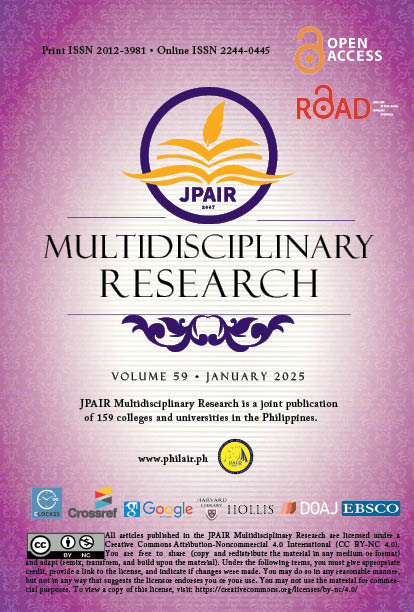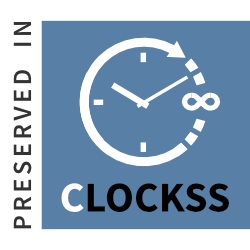Correlates of Human Resource Information System and Organizational Performance in Selected Logistics Companies: An Assessment toward Organizational Efficiency
DOI:
https://doi.org/10.7719/jpair.v59i1.921Keywords:
correlates, human resource information system, organizational performance, logistics companies, organizational efficiency, descriptive-correlational, PhilippinesAbstract
This study analyzed the correlates of human resource information systems to organizational performance in selected logistics companies. Through a quantitative research design using descriptive-correlational research, the study investigated the correlations obtained from the survey data responded to by 275 human resource managers and staff. The findings revealed that the respondents’ profiles primarily fall within the age groups of 18-25 and 36-45 years, with a relatively balanced gender distribution. Educationally, the majority are college graduates, with a significant proportion holding master's and doctoral degrees. Staff-level employees dominate the sample, followed by HR managers. In terms of business longevity, a substantial percentage of respondents belong to organizations that have been in operation for more than 20 years. Likewise, the study assessed the impact of HRIS on various HR functions, including job analysis, job performance, communication, and recruitment. The data suggests that HRIS significantly improves job analysis accuracy, performance management efficiency, communication timeliness, and recruitment efficiency. Notably, age, sex, educational attainment, and job position were found to influence respondents’ perceptions of HRIS impact. Differences in views were observed particularly in job analysis and performance across age groups, educational levels, and job positions. The study also investigated HRIS’s impact on organizational performance, focusing on effectiveness, efficiency, sustainability, and financial stability. The HRIS was found to positively affect organizational effectiveness, efficiency, and sustainability, with communication emerging as a strong predictor of effectiveness and sustainability. The HRIS’s role in recruitment and selection was notably correlated with improved efficiency and financial stability.
Metrics
Downloads
References
Asfahani, A. M. (2021). The complementary relationship between human resources accounting and human resources information system. Open Journal of Accounting, 10(02), 30.
Barney, J. (1991). Firm resources and sustained competitive advantage. Journal of management, 17(1), 99-120.
Bertalanffy, L. V. (1969). General system theory: Foundations, development, applications.
Downloads
Published
Issue
Section
License
Copyright (c) 2025 Xiu Jing

This work is licensed under a Creative Commons Attribution-NonCommercial 4.0 International License.
Open Access. This article published by JPAIR Multidisciplinary Research is licensed under a Creative Commons Attribution-Noncommercial 4.0 International (CC BY-NC 4.0). You are free to share (copy and redistribute the material in any medium or format) and adapt (remix, transform, and build upon the material). Under the following terms, you must give appropriate credit, provide a link to the license, and indicate if changes were made. You may do so in any reasonable manner, but not in any way that suggests the licensor endorses you or your use. You may not use the material for commercial purposes.

























